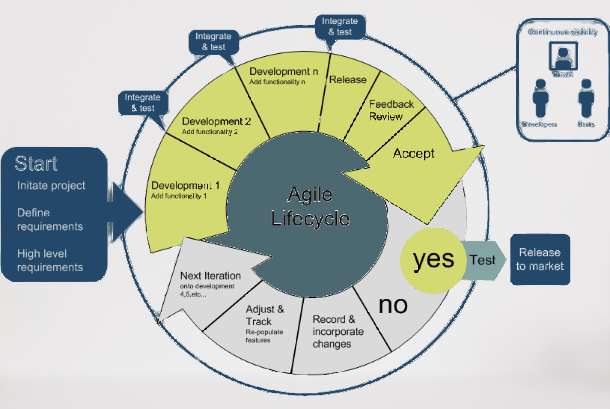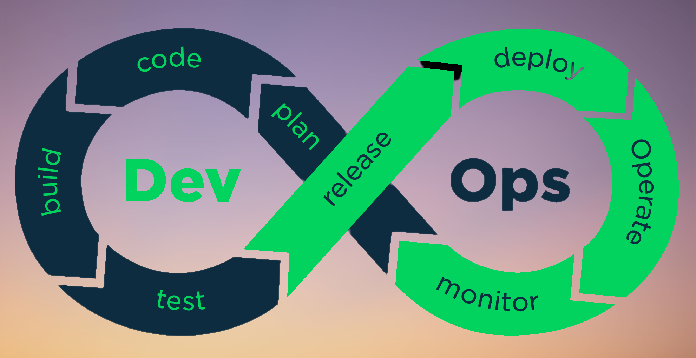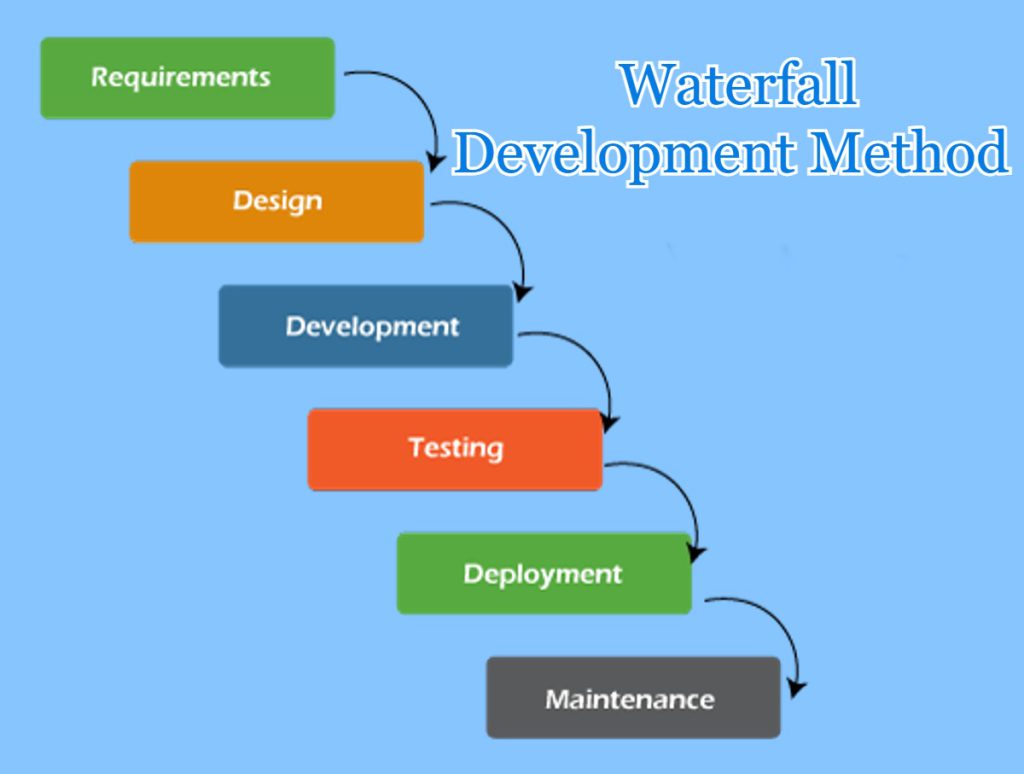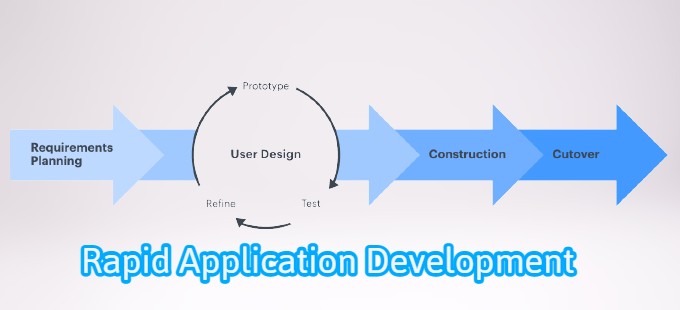4 Ways to Enhance Your Software Development Process in 2022

Today, the software industry is a highly competitive market, which revenue is projected to reach US$626.50bn in 2022. The success of a software development project predominantly depends on the processes followed by the engineering team.
And considering the variety of methodologies featuring its pros and cons, it must be tough to choose the software development process that will ensure successful product delivery. So, which process is the right fit for your business?
To understand which process will help propel your business forward and enhance customer experience, you need to find out the requirements and size of your project, time frame, and end-users.
So, check out the overview of the top 5 most popular development methodologies and pick the one that suits your needs and goals:
Agile Development
Agile is a type of development methodology that helps software teams deliver value to their customers faster, avoid bugs in code, and the necessity to recode whenever requirements evolve. The process includes iterative, short, repeatable phases, also known as sprints, that aim to accomplish small goals.
According to research, organizations can grow their revenue up to 60% by employing Agile development methods. Besides, Agile transformation helps companies to increase time-to-market effectiveness by at least 40%.

The core benefits of Agile:
1. Improved Quality
Due to the iterative approach Agile methodologies employ, continuous process improvement including simplistic bug checking and removal is provided, which contributes to creating top-quality products.
2. Adaptability
Applied to large-scale projects, Agile enables the adaptable way of working, which means teams respond to alterations, adapt to them without much disruption, and adjust the priorities according to the new goals.
3. Customer Satisfaction
Clients’ opinions always count as the changes are made according to their feedback and requirements. Delivering the product functionality that is fully suited to the customer’s needs ensures a boost in clients’ experience, satisfaction, and retention.
DevOps Deployment Methodology
DevOps practices aim to improve communication and collaboration between different departments in the company including development, QA, and Operations so IT specialists can optimize the workflow: building, testing, and reducing the time-to-market for software. Once software development and operations are combined, such processes as continuous integration, continuous testing, continuous delivery, continuous deployment, etc. get promoted. With this type of methodology, you access quick problem-solving, high productivity, minor bugs, timely delivery of the program.

The key benefits of DevOps:
1. Fast Issue Resolution
Open and uninterrupted communication between the IT specialists responsible for different segments of the development life cycle allows DevOps teams to minimize downtime, save time on incident and problems resolution, and enable the fast release pipeline.
2. Cost Minimization
One of the main features of DevOps is profit maximization. DevOps reduces the expenses of network downtime, infrastructure, and software releases. In addition, it eliminates the need for human effort.
3. Task Automation
DevOps is focused on automating manual and repetitive tasks like testing and writing specifications to help organizations optimize the development processes, save a lot of time and money, and cut down on waste and overwork.
Moreover, feel free to contact the experts to find out what custom software development solutions can be created for your project. Intellectsoft’s team has a solid track record of providing custom software development consulting services and technology solutions for businesses across industries to enhance operational efficiency, increase productivity, and grow revenue.
Waterfall Development Method
The Waterfall method is a linear approach, where each stage is an isolated activity that can start only after the previous one is complete. Unlike the first two development methods, the Waterfall model works based on certain outcomes and doesn’t require team members to be in constant communication.

The main advantages of the Waterfall model:
1. Easy to Measure the Progress
The model makes it much easier to measure the progress as goals, outcomes, milestones of each stage were clearly defined in advance.
2. Careful Design
One of the biggest benefits is that the approach provides a complete understanding of all software outcomes, which contributes to more careful design and reduces the possibility of the “piecemeal effect” that might occur when pieces of code are defined and subsequently added to the app.
3. Accessible Information
As processes and results get documented, this methodology provides accessible information throughout the program’s lifecycle. Therefore, team members who join the project have the opportunity to find out anything they need about the application.
Rapid Application Development
The rapid application development (RAD) approach is all about flexibility as it puts emphasis on rapid prototyping, iterations, and quick feedback. Although both RAD and Agile demonstrate an iterative process of software development, they are different: the first one prioritizes prototypes while the second one is focused on dividing the project into separate features which are delivered in sprints.

5 basic steps of RAD include:
1. Determine the project requirements
2. Create prototypes
3. Collect user feedback
4. Conduct testing
5. Finalize the product
The key features of the RAD:
1. Flexibility
Due to the approach flexibility, engineers can quickly identify and tackle issues, and make necessary adjustments during the development process.
2. Reuse of Code and Processes
It emphasizes the reuse of templates, tools, and code, which leads to the reduction of manual coding, bugs, and time spent on testing.
3. Lower Costs
Although RAD requires money for hiring highly-skilled IT professionals, it significantly minimizes time and, therefore, costs on development as well as costs on maintenance, making it quick and painless.
In Summation
Each of these four most popular software development methodologies features its own pros and unique use cases. Deciding which process is the best option for you heavily depends on the specific objectives and the requirements of your product. Therefore, while choosing the most appropriate software development method you should keep the following essential factors in mind: a group of end-users you target, scale and scope, deadline, and team’s geolocation.
The information gathered in this article aims to help you make an intelligent choice when picking the right process for your software development. However, if you need more details or advice you can always contact the consulting company to obtain additional information about development methodologies.




